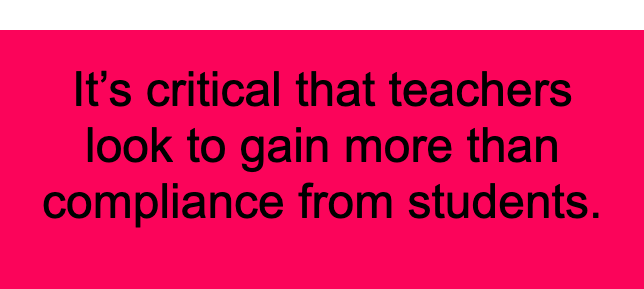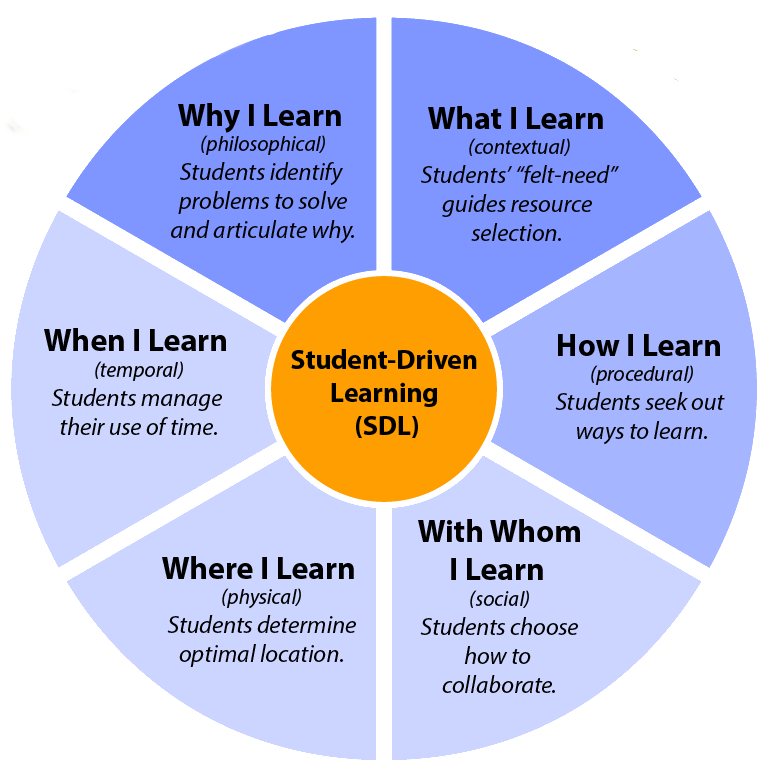revised 9/2/23
Think of a time when you were so engaged in performing an activity that you lost track of time, were totally energized and immersed in it, and you didn’t want to stop . . .
Mihaly Csikszentmihalyi defined the idea of uber-engagement or “flow” in his 1990 book, Flow: The Psychology of Optimal Experience. See to what extent your experience met Csikszentmihalyi’s Nine Elements of Flow:
- Clear Goals — you know what you are trying to accomplish
- Immediate Feedback — you know whether or not you are on the right track
- Balance Between Challenges and Skills — the challenges with which you are faced are just above your skill level, motivating you to achieve at a higher level
- Action and Awareness Are Merged — you are “in the moment”
- Distractions Are Excluded from Consciousness — you attend only to the task at hand
- There Is No Worry of Failure — you just keep focused on the goal
- Self-Consciousness Disappears — you are too involved to worry about how others perceive you
- The Sense of Time Becomes Distorted — you lose track of time and how much has passed
- The Activity Becomes Autotelic — the activity is an end in itself, done for its own sake
This is what learning in school should be like for students!
While it can be seemingly wonderful to have students who come to class prepared, listen to lessons, take notes, and complete their homework, it’s critical that teachers look to gain more than compliance from students. Students who are merely compliant are not in flow. Engagement, on the other hand, is characterized by a high level of flow, and while compliant students may acquire the necessary knowledge for the next test, students are more likely to retain learning for the long term when they are engaged.
How can teachers ensure that students are in flow much of the time that they are in school?

- Start with the Application of Learning: It might sound strange to ask students to apply learning before they’ve learned the content, but, trust me, it’s a powerful motivator. Start a unit with a real-world problem or challenge for students to address that depends on the content you’re about to teach. Make it a challenge for which there is no one right answer. (You can even let students define the problems they want to solve!) Real-world problems and challenges will drive students into the curriculum and are more likely to ensure that students have to “grapple” with the content. You can even let them use AI as a collaborative partner in the solution-finding! They will be learning and applying content in flow! (See my blog post: If You Give a Kid a Real-World Problem)
- Ensure Your Students Have the Goal in Sight: Provide a rubric with clearly articulated expectations. A rubric can offer students clarity on the components of solving the problem as well as a roadmap for getting there. I recommend analytic rubrics over holistic rubrics for this purpose. Students will have clear goals for each problem-solving component as well as for the overall project.
- Create the Conditions for Students to Learn: Provide a variety of learning activities differentiated for cognitive level and learning modality. Learning activities provide clear directions for learning a skill and provide feedback. The variety ensures that students can remain in flow by getting the instruction they need when they need it in the way they learn best.
- Increase Student Autonomy: Provide students with control over how they spend their time learning what they need to solve the problems. If you want students to solve complex, real-world problems, they need to be in flow and have autonomy over how they spend their time. Provide them with clearly articulated expectations and learning activities; then, let them choose when to accomplish what, guiding them in how to manage their own time.

As you work to increase student engagement, consider the “flow” factor and work to build flow in classrooms.
IDE Corp. provides on-site or virtual professional learning sessions as well as facilitated, online workshops and online, on-demand professional learning experiences. Contact us at solutions@idecorp.com
